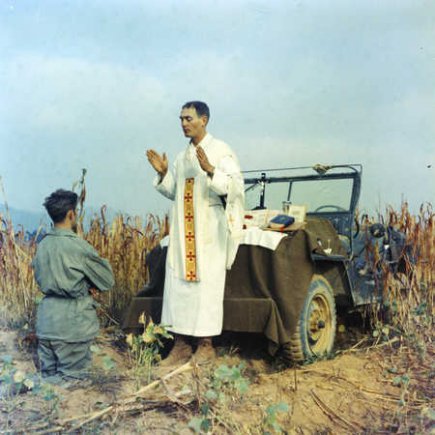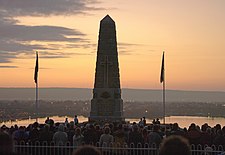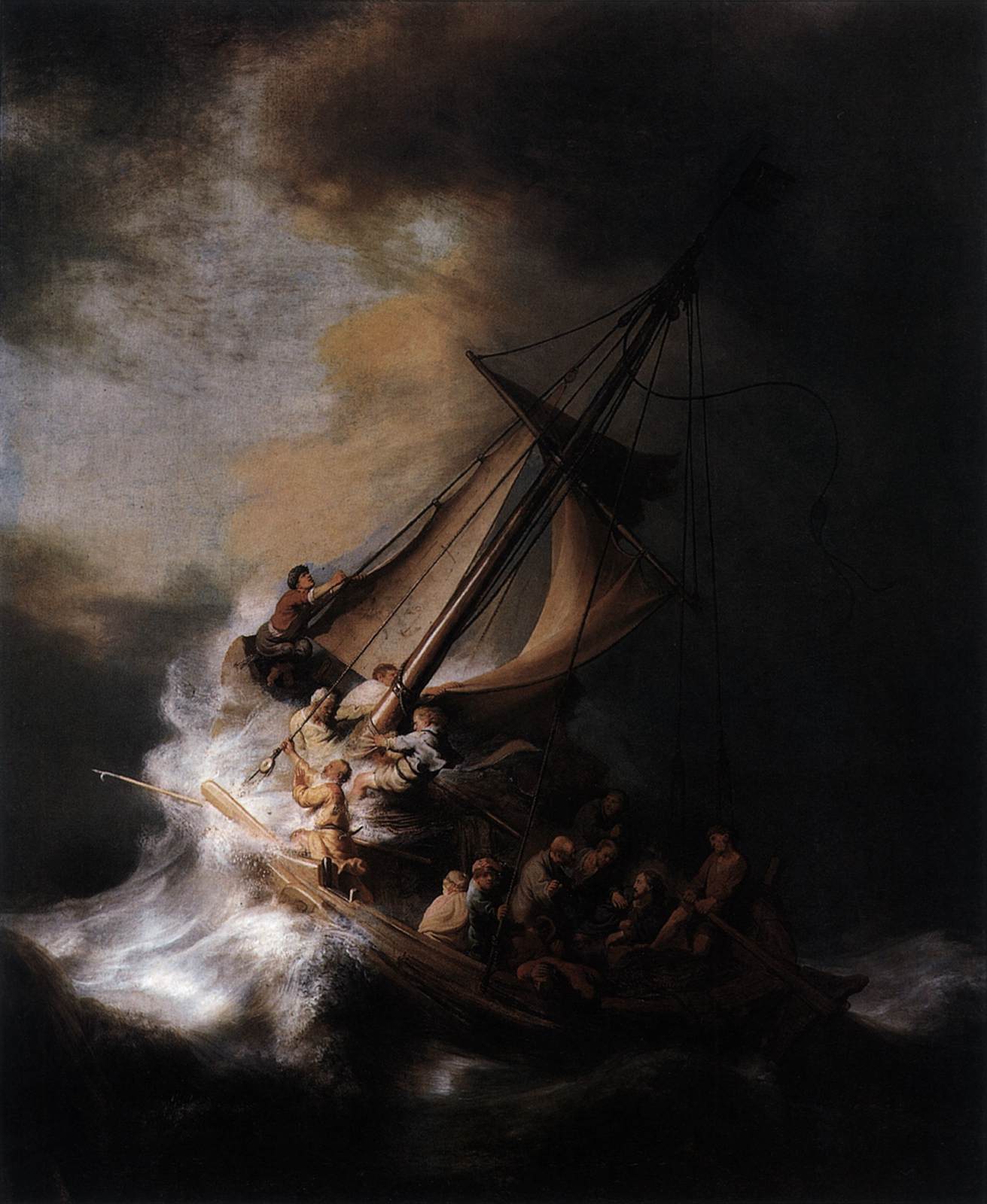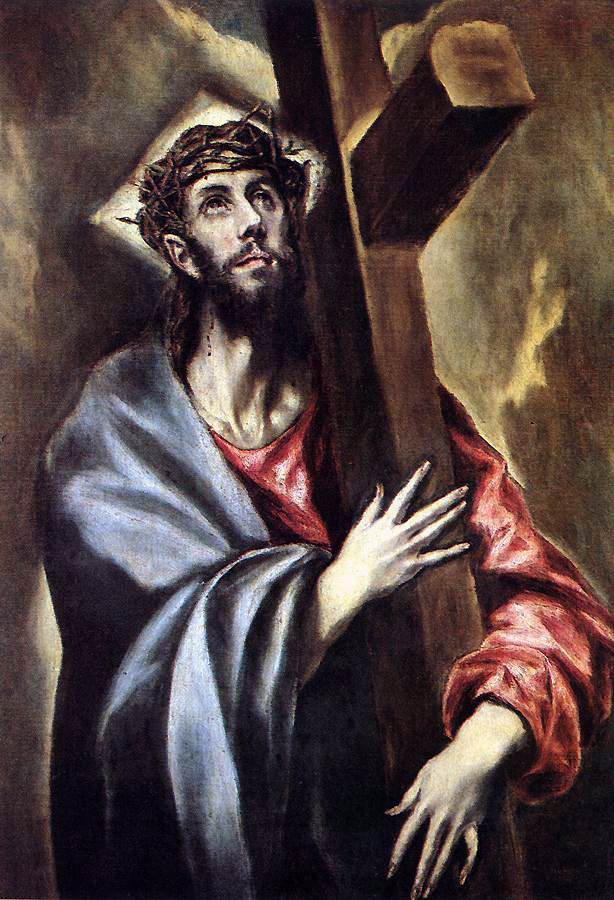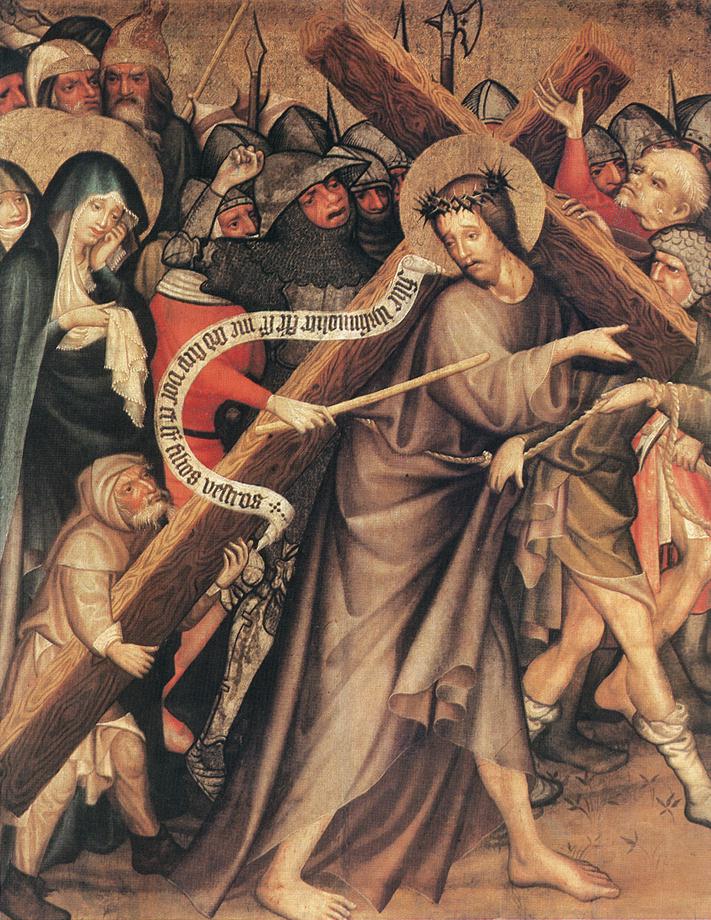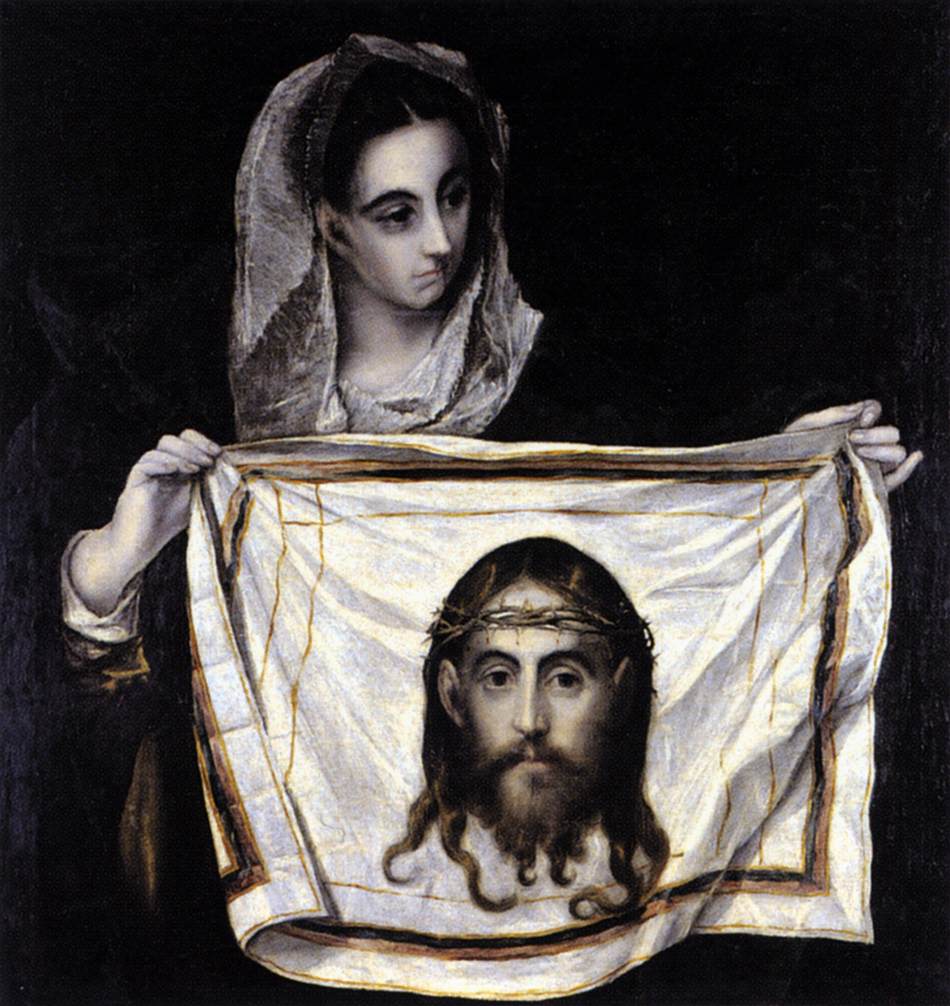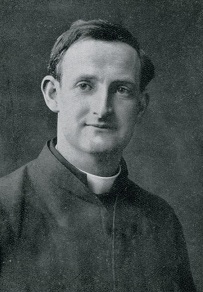Jusepe Martínez, c.1630,
Second Sunday of Easter (or of Divine Mercy) Year A
Readings
(Jerusalem Bible: Australia, England & Wales, India
[optional], Ireland, New Zealand, Pakistan, Scotland, South Africa)
Gospel John 20:19-31 (New Revised Standard Version,
Catholic Edition, Canada)
When it was evening on that day, the first day of the week, and
the doors of the house where the disciples had met were locked for fear of the
Jews, Jesus came and stood among them and said, “Peace be with you.” After he said this, he showed them his hands and
his side. Then the disciples rejoiced when they saw the Lord. Jesus said to them again, “Peace be with you. As
the Father has sent me, so I send you.” When he had said this, he breathed on them and
said to them, “Receive the Holy Spirit. If you forgive the sins of any, they are
forgiven them; if you retain the sins of any, they are retained.”
But Thomas (who was called the Twin),
one of the twelve, was not with them when Jesus came. So the other disciples told him, “We have seen
the Lord.” But he said to them, “Unless I see the mark of the nails in his
hands, and put my finger in the mark of the nails and my hand in his side, I will
not believe.”
A week later his disciples were again in the house, and Thomas was
with them. Although the doors were shut, Jesus came and stood among them and
said, “Peace be with you.” Then he said to Thomas, “Put your
finger here and see my hands. Reach out your hand and put it in my side. Do not
doubt but believe.” Thomas
answered him, “My Lord and my God!” Jesus said to him, “Have you believed because
you have seen me? Blessed are those who have not seen and yet have come to
believe.”
Now Jesus did many other signs in the presence of his disciples,
which are not written in this book. But these are written so that you may come to
believe that Jesus is the Messiah, the Son of God, and that through believing you
may have life in his name.
From The Gospel of John
We can read the words of Jesus to Thomas as a gentle rebuke that has led to the nickname he may carry for all eternity: 'Doubting Thomas'. But I prefer to see him as the one who understood that the Risen Lord must carry the scars of his crucifixion and who made the most explicit act of faith in the whole of Sacred Scripture: My Lord and my God!
The First Reading today (Ats 2:42-47) opens with the words They devoted themselves to the apostles’ teaching and fellowship, to the breaking of bread and the prayers. 'The breaking of the bread' is an expression used for the celebration of the Eucharist. We can see in this sentence the essence of the Mass as we celebrate it today: listening to God's word, praying and sharing in the Sacrifice of Jesus and sharing his Body and Blood.
Some commentators say that the failure of Thomas was not to listen to God's word as related by his companions. Maybe he did fail here but did the others have the same awareness as Thomas had that the Risen Lord must carry his scars for all eternity?
In Evangelii Gaudium No 7 Pope Francis writes: I never tire of repeating those words of Benedict XVI which take us to the very heart of the Gospel: 'Being a Christian is not the result of an ethical choice or a lofty idea, but the encounter with an event, a person, which gives life a new horizon and a decisive direction'.
Thomas had been a companion of Jesus for two to three years but what he experienced in today's gospel was precisely what Pope Benedict describes as the encounter with an event, a person, which gives life a new horizon and a decisive direction.
Thomas had been a companion of Jesus for two to three years but what he experienced in today's gospel was precisely what Pope Benedict describes as the encounter with an event, a person, which gives life a new horizon and a decisive direction.
Servant of God, Fr Emil Joseph Kapaun (20 April 1916 - 23 May 1951)
Celebrating Mass with American soldiers during the Korean War [Wikipedia]
In his general audience in St Peter's Square on 31 October 2012 Pope Benedict said: I cannot build my personal faith in a private dialogue with Jesus, because faith is given to me by God through a community of believers that is the Church and projects me into the multitude of believers, into a kind of communion that is not only sociological but rooted in the eternal love of God who is in himself the communion of the Father and of the Son and of the Holy Spirit, it is Trinitarian Love. Our faith is truly personal, only if it is also communal: it can be my faith only if it dwells in and moves with the 'we' of the Church, only if it is our faith, the common faith of the one Church.
Pope Francis re-echoes this in Evangelii Gaudium Nos 264 - 268: We need to implore his grace daily, asking him to open our cold hearts and shake up our lukewarm and superficial existence . . . Sometimes we lose our enthusiasm for mission because we forget that the Gospel responds to our deepest needs, since we were created for what the Gospel offers us: friendship with Jesus and love of our brothers and sisters . . . The word of God also invites us to recognise that we are a people . . . Mission is at once a passion for Jesus and a passion for his people. When we stand before Jesus crucified, we see the depth of his love which exalts and sustains us, but at the same time, unless we are blind, we begin to realize that Jesus’ gaze, burning with love, expands to embrace all his people. We realize once more that he wants to make use of us to draw closer to his beloved people. He takes us from the midst of his people and he sends us to his people; without this sense of belonging we cannot understand our deepest identity.
What both Pope Benedict and Pope Francis are saying is that while our faith is in a person, Jesus Christ the Risen Lord, it can never be a question of 'Jesus and me'. Pope Benedict says, faith is given to me by God through a community of believers that is the Church and projects me into the multitude of believers and Pope Francis emphasises that He takes us from the midst of his people and he sends us to his people; without this sense of belonging we cannot understand our deepest identity.
In other words, I can only know myself as a brother or sister of Jesus, as a son or daughter of God the Father when I know myself as a member of their family, which I have become through my baptism.
And that awareness of who I am is strengthened when I join other members of God's family every Sunday as they devote themselves to the apostles’ teaching and fellowship, to the breaking of bread and the prayers.
What both Pope Benedict and Pope Francis are saying is that while our faith is in a person, Jesus Christ the Risen Lord, it can never be a question of 'Jesus and me'. Pope Benedict says, faith is given to me by God through a community of believers that is the Church and projects me into the multitude of believers and Pope Francis emphasises that He takes us from the midst of his people and he sends us to his people; without this sense of belonging we cannot understand our deepest identity.
In other words, I can only know myself as a brother or sister of Jesus, as a son or daughter of God the Father when I know myself as a member of their family, which I have become through my baptism.
And that awareness of who I am is strengthened when I join other members of God's family every Sunday as they devote themselves to the apostles’ teaching and fellowship, to the breaking of bread and the prayers.
British soldiers at Mass in the Netherlands during World War II. [Wikipedia]
Many Irish Columbans served as chaplains in the British Forces during World War II. One, Fr Patrick McMahon, died in action in Normandy, France, after rescuing a Canadian soldier on 14 August 1944.
In the Office of Readings, prayed by priests, monks, nuns and others as part of the Prayer of the Church, there are two readings. The first is from the Bible and the second usually from writers in the early centuries of the Church. On Thursday, Friday and Saturday of Easter Week the second reading is from Instructions to the Newly Baptized in Jerusalem also known as The Jerusalem Catechesis, written, as far as I know, by St Cyril of Jerusalem. The author says, Just as the bread of the Eucharist after the invocation of the Holy Spirit is no longer just bread, but the body of Christ, so when the Holy Spirit has been invoked on the holy chrism it is no longer mere or ordinary ointment; it is the gift of Christ, which through the presence of the Holy Spirit instils his divinity into us [Friday].
For the Saturday reading the author tells the newly-baptized: Do not, then, regard the bread and wine as nothing but bread and wine, for they are the body and blood of Christ as the master himself has proclaimed. Though your senses suggest otherwise, let faith reassure you. You have been taught and fully instructed that what seems to be bread is not bread, though it appears to be such to the sense of taste, but the body of Christ; that what seems to be wine is not wine, though the taste would have it so, but the blood of Christ.
When I celebrate Mass with the Deaf here in Bacolod City, a group whose needs the late Columban Fr Joseph Coyle was the first priest to respond to and whose vision is being carried on now by many others, both Deaf and hearing, after the consecration of the bread and again of the wine, I hear from speaking people who are present the words of St Thomas, My Lord and my God. Just like St Thomas, they recognise the presence of the Risen Lord in the bread and the winde that have no become his Body and Blood.
Fr Emil Kapaun and Fr Patrick McMahon recognised the presence of Jesus in the bread and wine that became the Body and Blood of Christ each time they celebrated the Holy Sacrifice of the Mass. They also recognised the presence of Jesus in the wounds of the soldiers they tended and in whose service they sacrificed their lives - following the example of St Thomas who, according to tradition, was martyred in India.
+++
Regina caeli is sung during the Easter Season at the end of the Church's Night Prayer (Compline).
Velásquez, 1645, Museo del Prado, Madrid [Web Gallery of Art]
- Regina cæli, lætare, alleluia:
- R. Quia quem meruisti portare, alleluia,
- Resurrexit, sicut dixit, alleluia,
- R. Ora pro nobis Deum, alleluia.
- Gaude et lætare, Virgo Maria, alleluia.
- R. Quia surrexit Dominus vere, alleluia.
Oremus.
Deus, qui per resurrectionem Filii tui, Domini nostri Iesu Christi,
mundum lætificare dignatus es:
præsta, quæsumus, ut per eius Genitricem Virginem Mariam,
perpetuæ capiamus gaudia vitæ.
Per eundem Christum Dominum nostrum. R. Amen.
Deus, qui per resurrectionem Filii tui, Domini nostri Iesu Christi,
mundum lætificare dignatus es:
præsta, quæsumus, ut per eius Genitricem Virginem Mariam,
perpetuæ capiamus gaudia vitæ.
Per eundem Christum Dominum nostrum. R. Amen.
- Queen of Heaven, rejoice, alleluia.
- The Son whom you merited to bear, alleluia.
- Has risen, as He said, alleluia.
- Pray for us to God, alleluia.
- V. Rejoice and be glad, O Virgin Mary, alleluia.
- R. For the Lord has truly risen, alleluia.
Let us pray.
O God, who through the resurrection of your Son Jesus Christ
gave rejoicing to the world,
grant, we pray, that through his Mother, the Virgin Mary,
we may obtain the joy of everlasting life.
Through Christ our Lord. Amen.
O God, who through the resurrection of your Son Jesus Christ
gave rejoicing to the world,
grant, we pray, that through his Mother, the Virgin Mary,
we may obtain the joy of everlasting life.
Through Christ our Lord. Amen.
Our new saints
St John XIII, Angelo Giuseppe Roncalli (25 November 1881 - 3 June 1963)
St John Paul II, Karol Józef Wojtyła [2004] (18 May 1920 - 2 April 2005)
Photos from Wikipedia.

